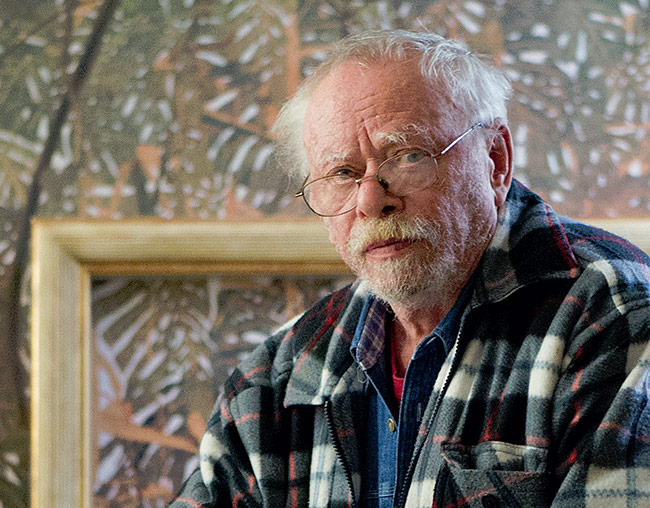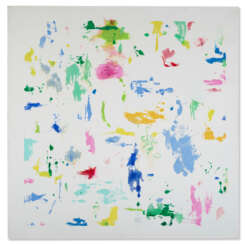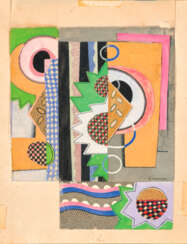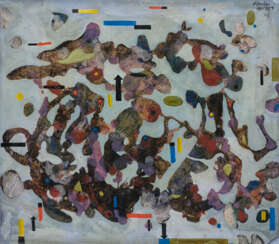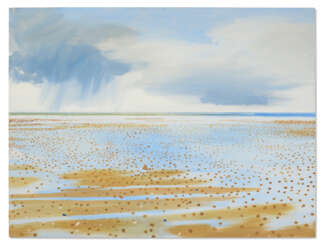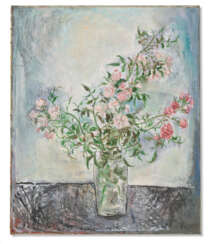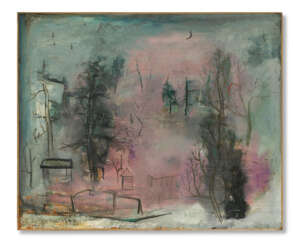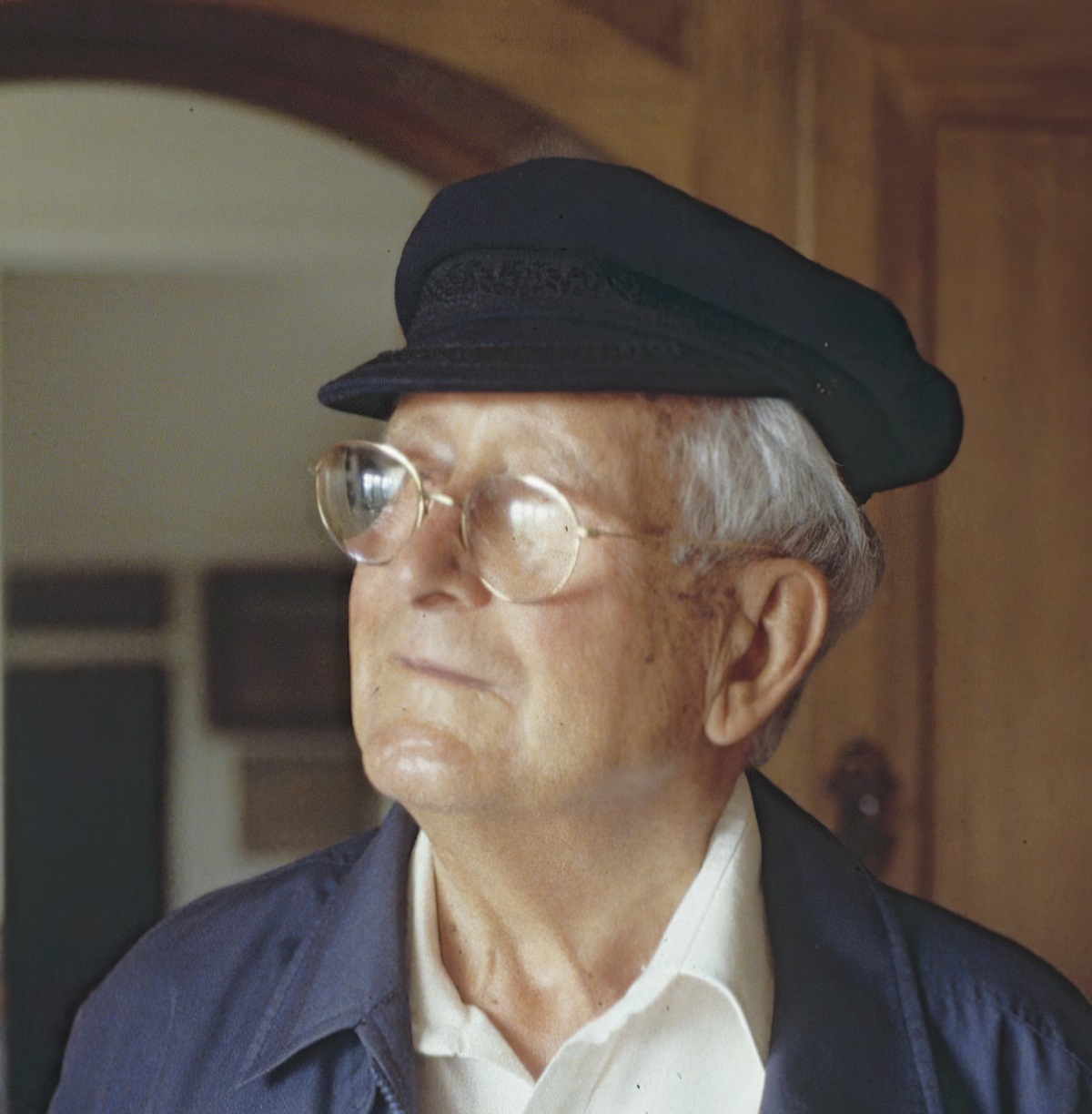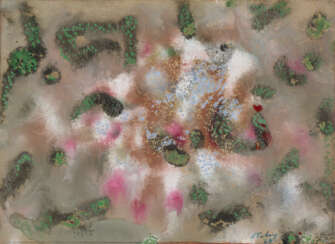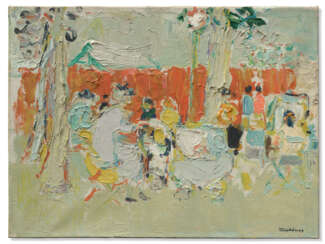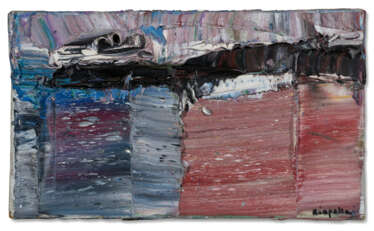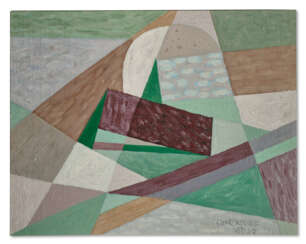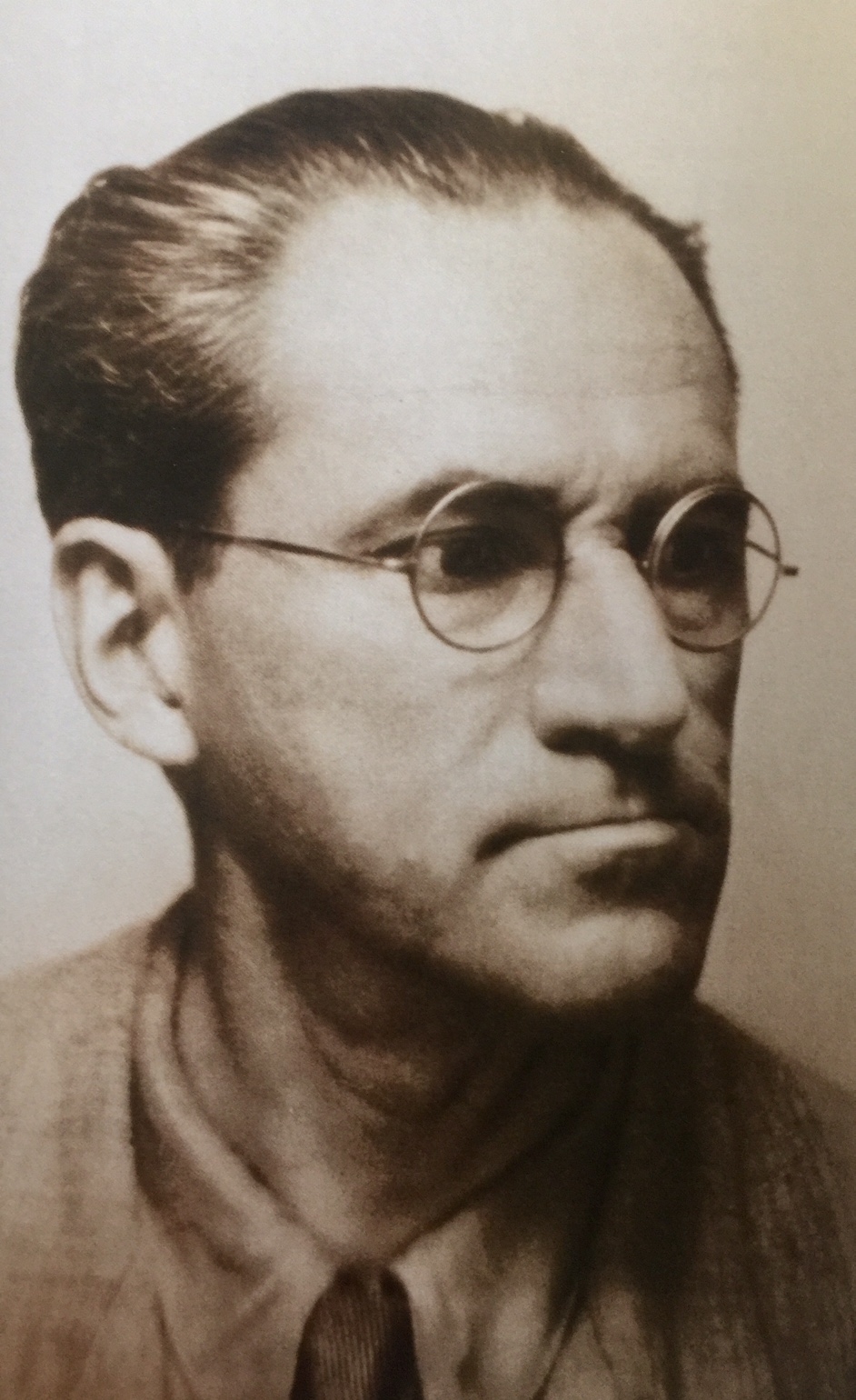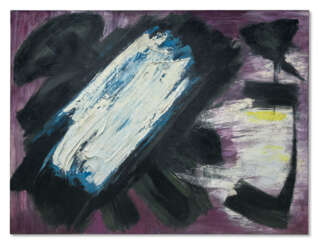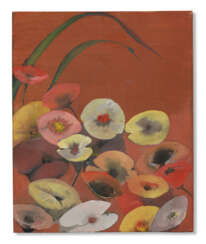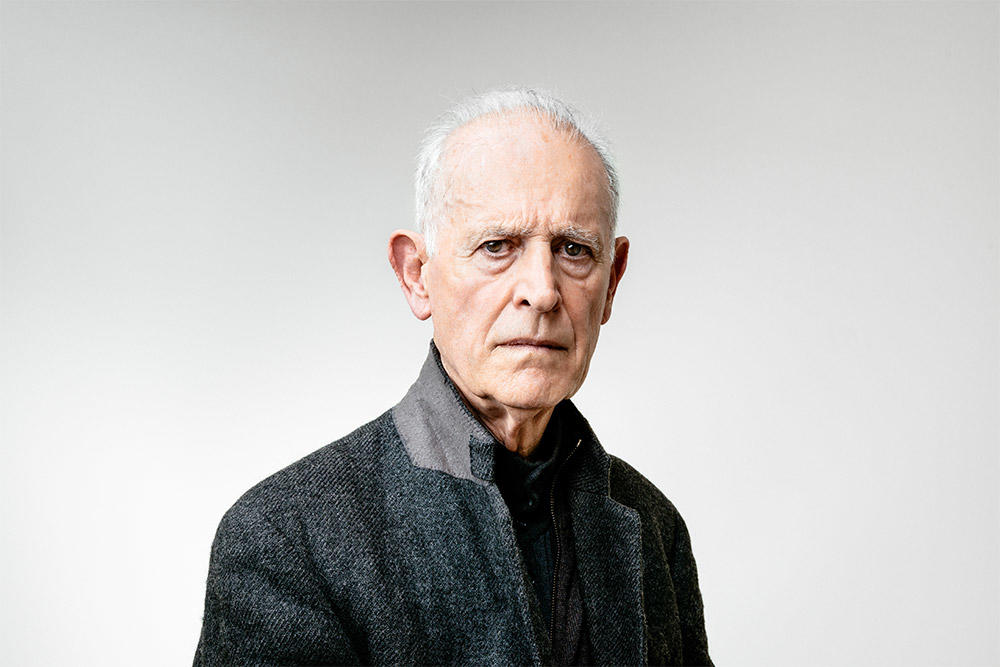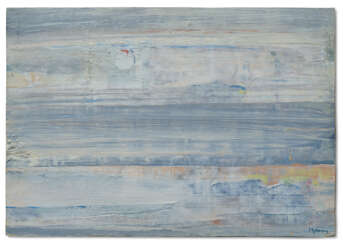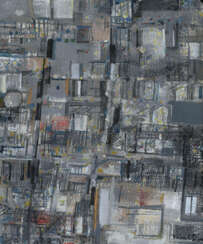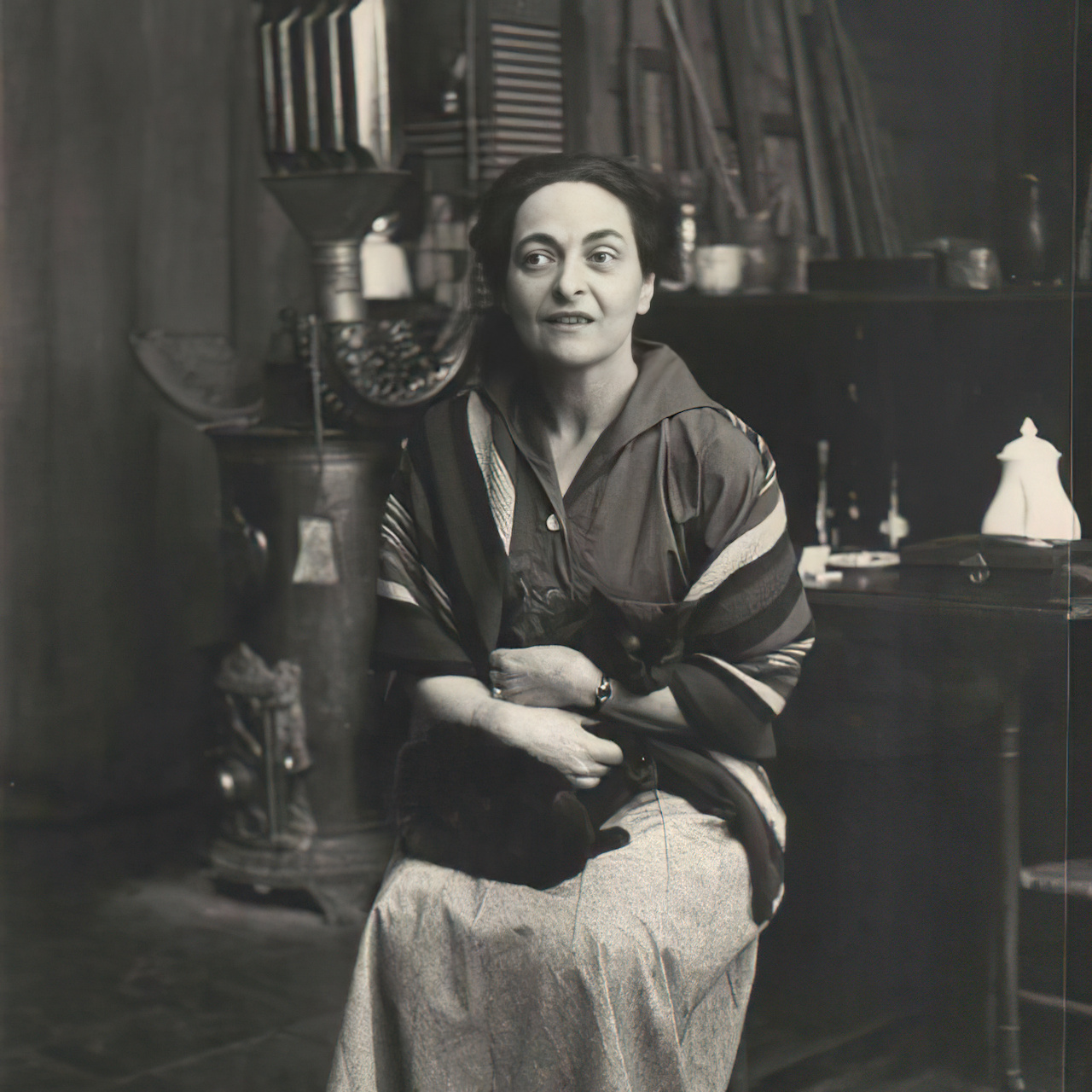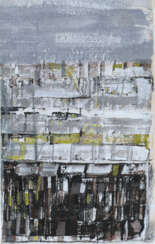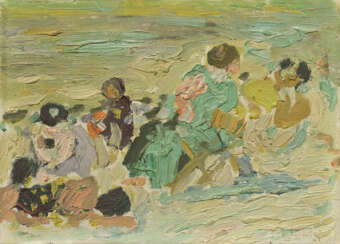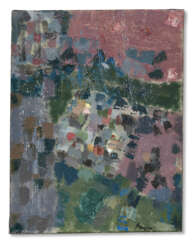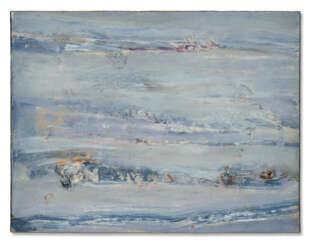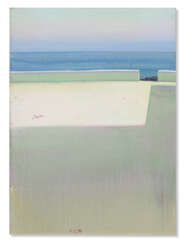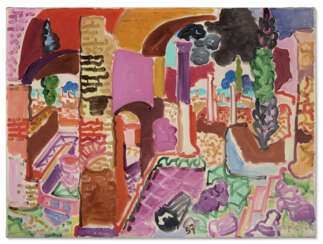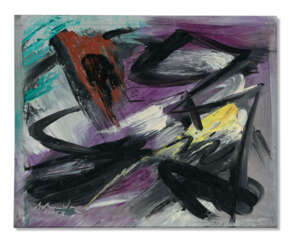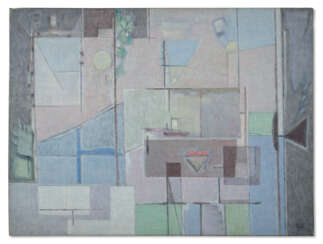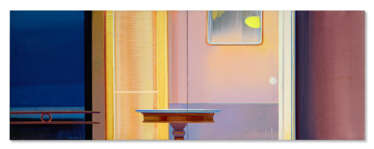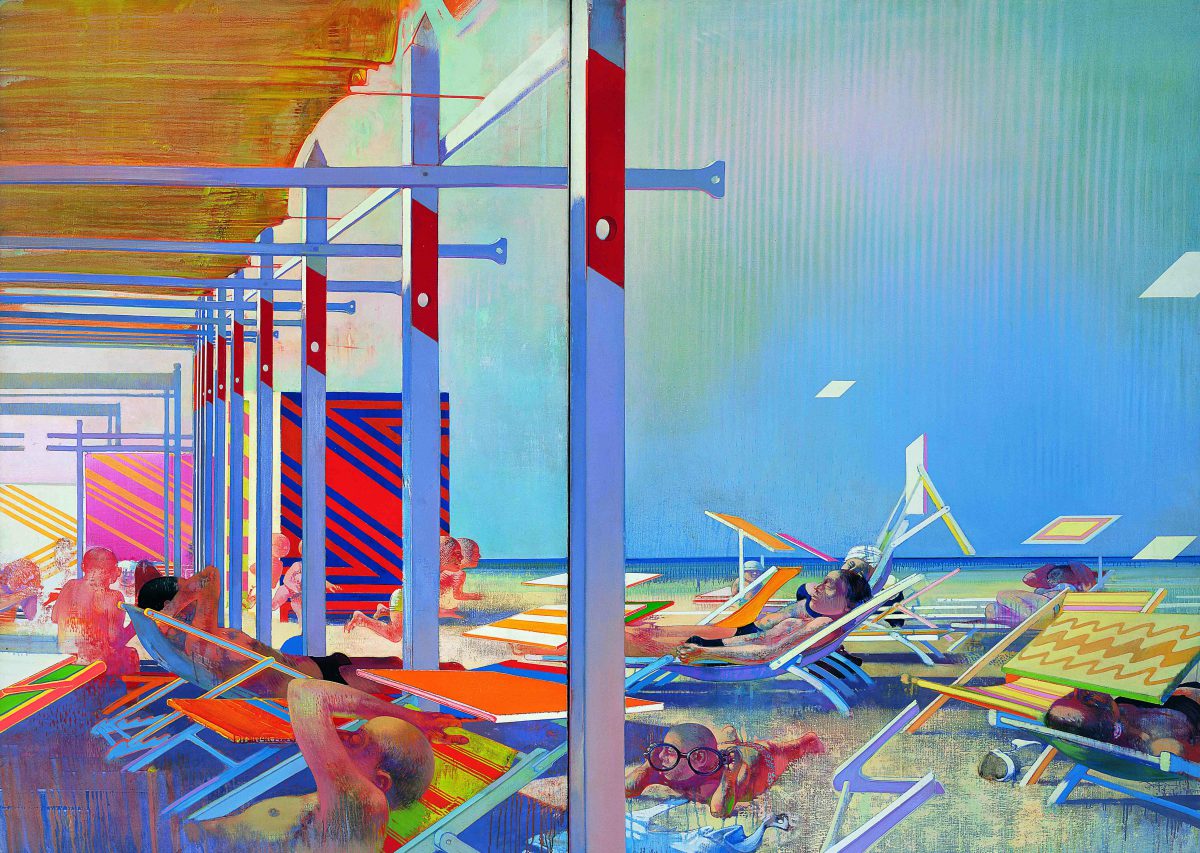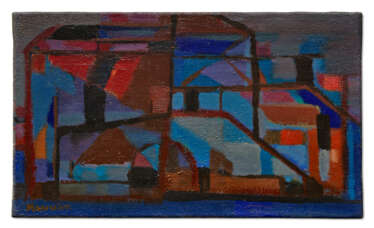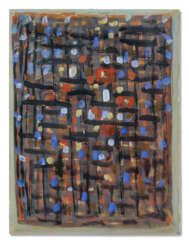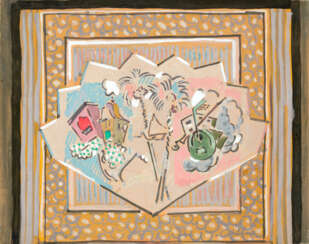
Paintings — Collection Antoine et Simone Veil
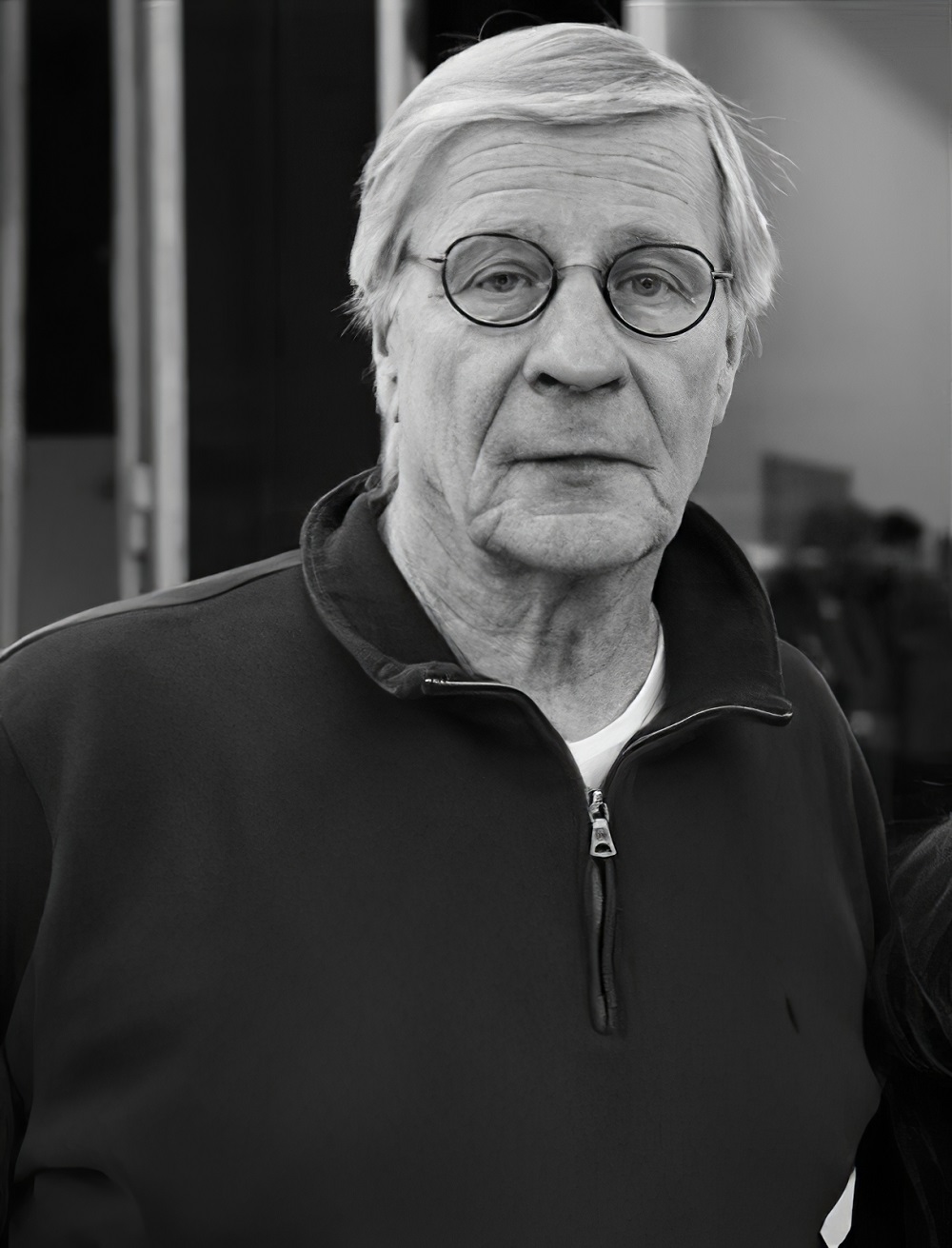
Louis Cane is a contemporary French painter, sculptor and furniture designer. Louis Cane attended the National School of Decorative Arts in Nice then the Superior School of Decorative arts in Paris in 1961. Cane was a part of the Supports/Surfaces Movement in France that lasted from 1969 to 1972 and co-founded and edited the Peinture, Cahiers Theoriques. In 1978, began sculpting again. They consisted of female figures in a traditional style. Cane focused on the concept of deconstruction of the canvas. By 1970, Cane transitioned into a series of cut-out paintings, the toiles découpées, which he worked with for several years. From 1972 to 1972, he produced a series called Sol/Mur as apart of the Supports/Surfaces movement. In 1978, Cane went from abstract painting to figuration. He reflected on the history of pictorial forms. He also started integrating sculpture into his practice. The statues were almost exclusively female occasionally appearing in form of burlesque or baroque expressionism.
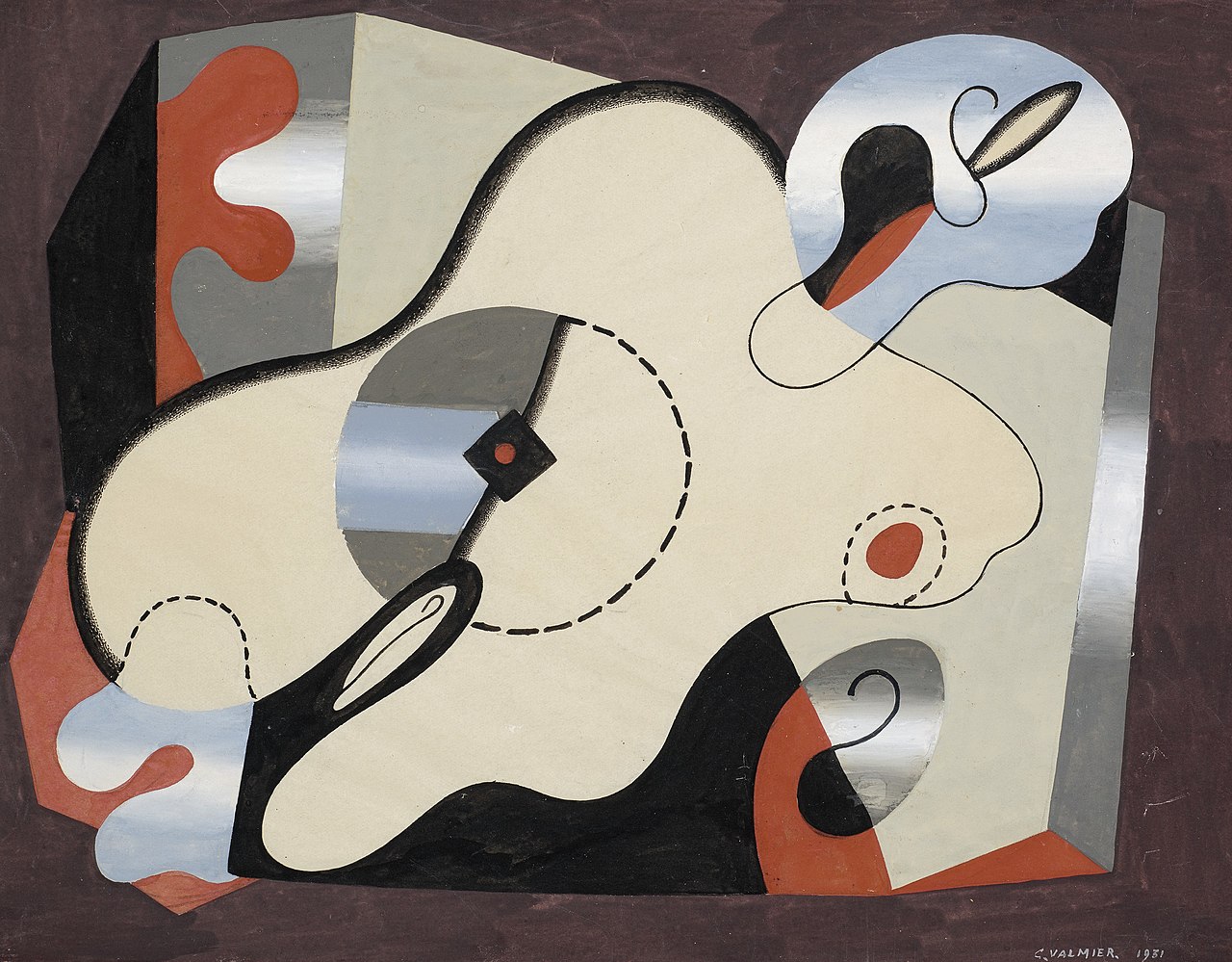
Georges Valmier was a French painter and designer. He is known for his colorful and abstract paintings, which were heavily influenced by the Cubist and Futurist movements.
Valmier began his artistic career as a designer, creating textile patterns and other decorative arts. He was also a writer and critic, and he wrote extensively about the role of art and design in modern society.
In the 1920s, Valmier turned to painting, and his work reflected the experimental and avant-garde spirit of the time. He was fascinated by the possibilities of abstraction, and his paintings often featured bold colors and dynamic forms that evoked the speed and energy of modern life.
Valmier was also interested in the relationship between art and science, and he saw his work as a way of exploring the fundamental structures of the universe. His paintings often featured geometric shapes and mathematical patterns, which he felt captured the underlying order and harmony of the natural world.
Today, Valmier's work is celebrated for its innovative use of color and form, as well as its exploration of the relationship between art and science. He is considered one of the pioneers of abstract art in France, and his work continues to inspire artists and designers around the world.
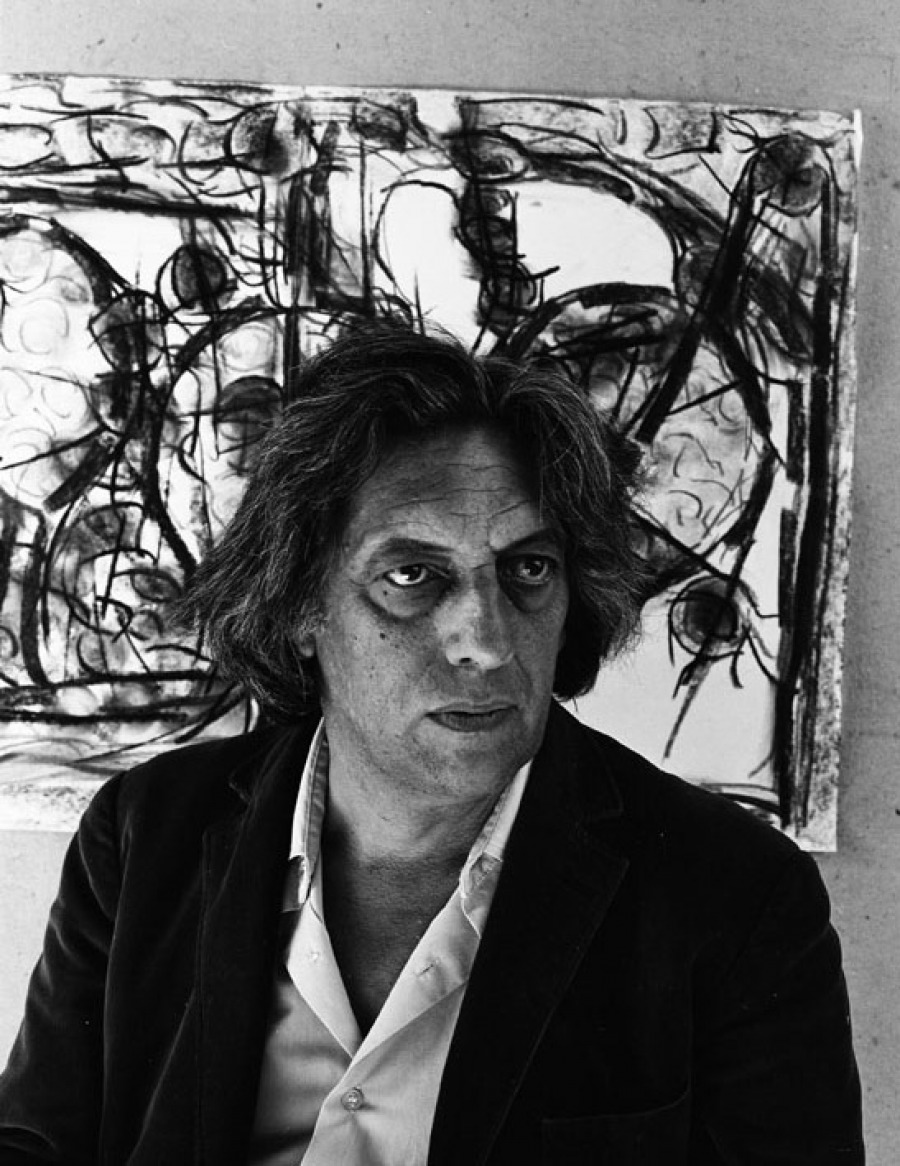
Jean-Paul Riopelle was a Canadian painter and sculptor from Quebec. He had one of the longest and most important international careers of the sixteen signatories of the Refus Global, the 1948 manifesto that announced the Quebecois artistic community's refusal of clericalism and provincialism. He is best known for his abstract painting style, in particular his "mosaic" works of the 1950s when he famously abandoned the paintbrush, using only a palette knife to apply paint to canvas, giving his works a distinctive sculptural quality. He became the first Canadian painter since James Wilson Morrice to attain widespread international recognition.
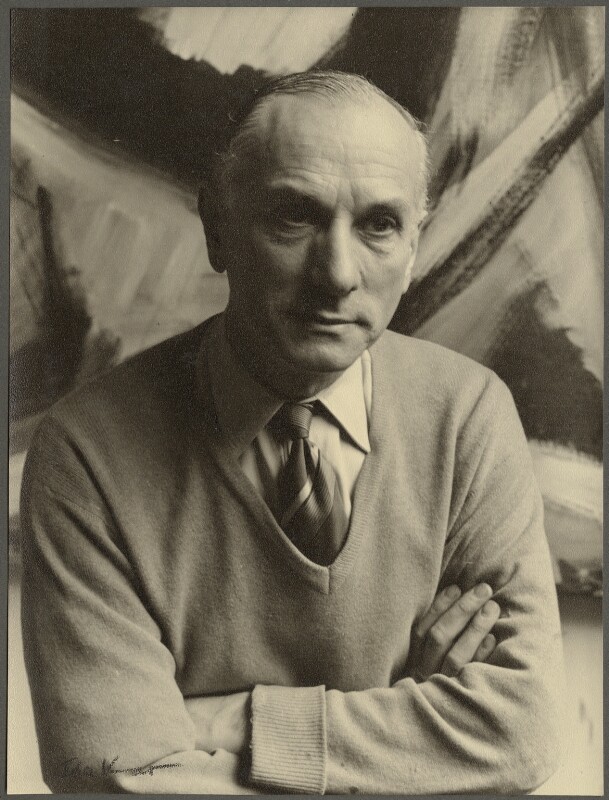
Gérard Ernest Schneider is a Swiss and French artist, one of the creators of lyrical abstraction.
He graduated from the Ecole Nationale des Beaux-Arts de Paris. And in the post-war years, the art of Gerard Schneider played a pioneering role in the birth of a new form of abstraction. Schneider, together with other artists in Paris, proposed a new, radical form of abstraction and called it lyrical abstraction. From the mid-1940s large exhibitions were organized in Paris and later in Germany, bringing together the main representatives of the new style.

Gérard Ernest Schneider is a Swiss and French artist, one of the creators of lyrical abstraction.
He graduated from the Ecole Nationale des Beaux-Arts de Paris. And in the post-war years, the art of Gerard Schneider played a pioneering role in the birth of a new form of abstraction. Schneider, together with other artists in Paris, proposed a new, radical form of abstraction and called it lyrical abstraction. From the mid-1940s large exhibitions were organized in Paris and later in Germany, bringing together the main representatives of the new style.
.jpg)
Albert Gleizes was a pioneering French artist, theoretician, and philosopher, renowned for his contributions to Cubism and his influence on the School of Paris. Born in Paris in 1881, Gleizes' artistic journey began in his late teens, inspired by Impressionism and later evolving through Post-Impressionist and Symbolist phases. His early work, such as "La Seine à Asnières" exhibited in 1902, showcases his initial foray into painting. Gleizes' commitment to developing art free from commercial constraints led him to co-found the Abbaye de Créteil, a self-supporting artist community, although it was short-lived due to financial difficulties.
Gleizes' exploration of Cubism began around 1910, in collaboration with artists like Jean Metzinger, with whom he wrote "Du Cubisme," the first major treatise on the movement. This period marked a significant shift in his style towards the geometric simplification of forms, a hallmark of Cubism. His works from this era, including "Portrait de Jacques Nayral" and "Landschaft bei Paris," exemplify his innovative approach to capturing the essence of subjects through cubist principles. Gleizes was also a member of the Section d'Or group, further establishing his role in the Cubist movement.
In addition to his painting, Gleizes was deeply involved in writing and promoting Cubism, influencing the acceptance and understanding of modern art globally, including his significant impact in New York. His later works, such as "Pour Contemplation," reflect a spiritual and theological depth, moving towards a synthesis of the physical and metaphysical. Gleizes' art is celebrated for its revolutionary approach to form and color, contributing significantly to the development of modern art. His works are held in prestigious collections worldwide, including the Tate Modern and the Musée des Beaux-Arts in Lyon.
For those intrigued by the revolutionary spirit and profound impact of Albert Gleizes on modern art, signing up for updates on new product sales and auction events related to his work offers a unique opportunity to connect with the legacy of this Cubist master. This subscription is an invaluable resource for collectors and experts in art and antiques, promising exclusive insights into the world of Albert Gleizes.


